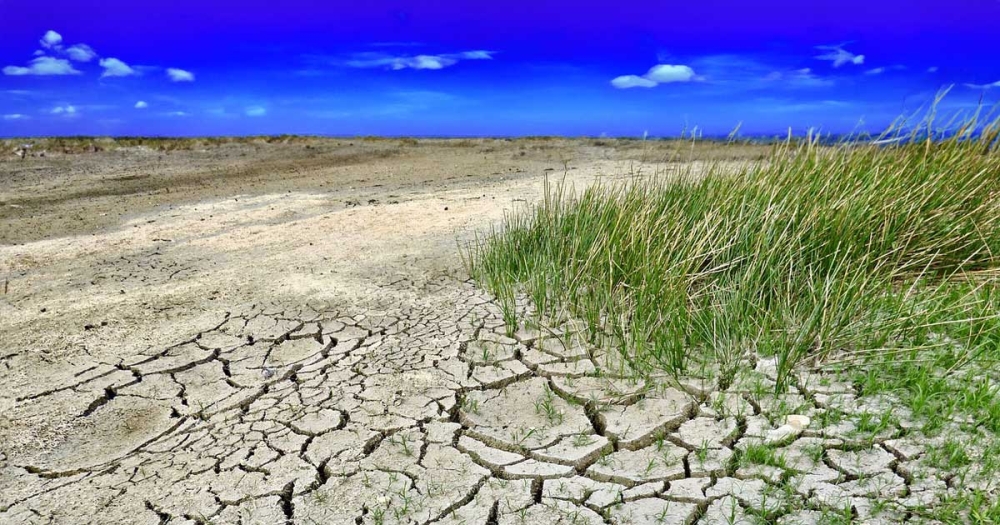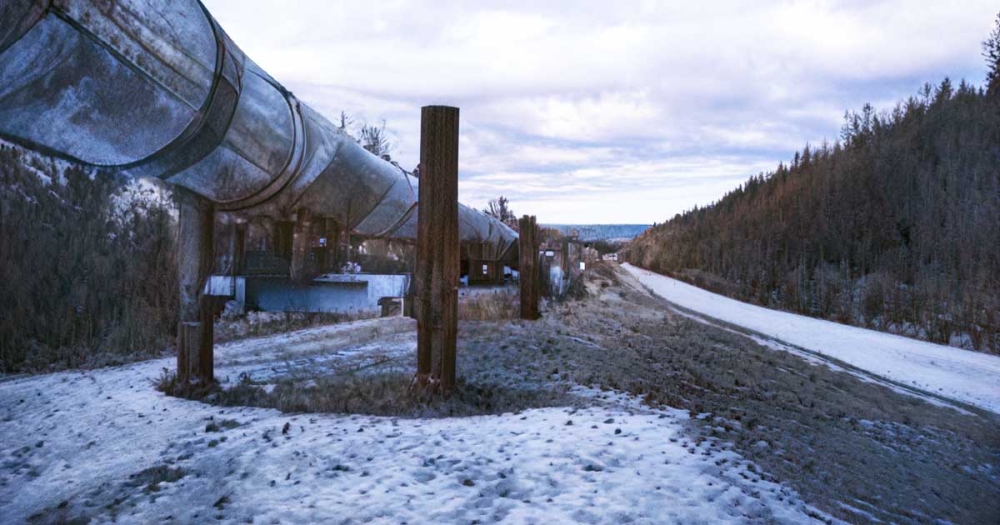Both globally and in Hungary, agriculture is one of the industries that is most vulnerable to weather and climate extremes.
Intense temperature rises, spatial and temporal variations in precipitation, and significant changes in extreme climatological and weather parameters have contributed to changes in the conditions of cropland, crop losses, and impacts on crop quality in recent years.
This paper depicts the transformation of the domestic agricultural sector due to the extreme drought shock of 2022, as well exploring the adaptation strategies applied. The research is based on official agro-climate database and crop data, and the temperature, precipitation, and radiation during the growing season are all examined. The agro-meteorological properties in Hungary had to be investigated for the entire year and all four of its seasons, with indicator analysis projected onto the ever-increasing and dormant seasons. Long-term climate analysis is necessary to understand the historic drought of 2022 and the success of future adaptation and mitigation techniques. The results can help smallholders effectively reduce the adverse impacts of drought conditions, thereby increasing their adaptation to similar shocks.




